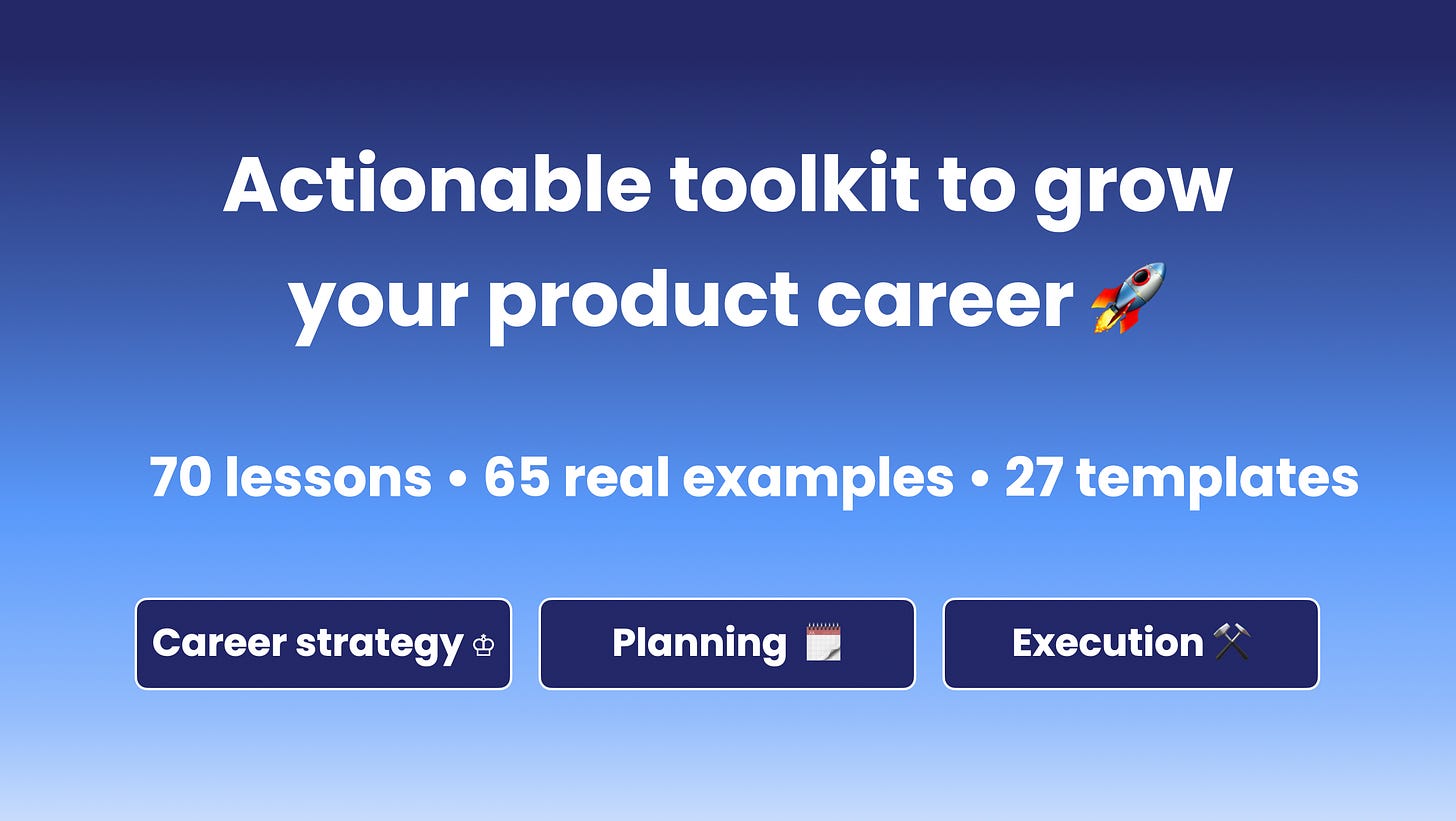In college, I was told to not major in psychology because… well how many psychologists does the world need? Turns out, that was far too narrow a definition.
To know psychology is to know human behavior. And to know human behavior is to build products that work for people and P&L statements. It’s a surprisingly rare skill in a world that worships data and code.
In this post, we’ll cover three ideas that you can put into practice. You’ll see how Instagram created the illusion of speed, how a flawed feature turned into a hit product, and why it helps to start with bright spots when you join a new team.
But first, a quick word from our partner!
Are your customers onboarding their data in <60 seconds? If not, you need Flatfile.
They import and validate customer data in 1-click, saving your team from cleaning spreadsheets for hours.
Flatfile has onboarded data for over 1.5M(!) customers and has helped product teams at companies like Square cut time-to-value, while providing a seamless onboarding experience.
Work on psychological constants
The famous Bezos line goes: “When you have something that you know is true, you can afford to put a lot of energy into it.” In short, bet on what stays the same.
In psychology, there are two things that stay the same. We have a deep-seated preference for 1) control and 2) certainty. Deliver on both, and you have yourself a winner. Here are some examples.
How do you make something feel instant?
In its early days, Instagram made a keen observation: after applying a filter, people would take a while to craft a witty caption. Instagram used this time to quietly queue up the photo for sharing. So when the caption was done, the photo shared instantly; no wait or stress. What looked like an engineering feat was, in truth, a psychological feat.
How do you reduce cars hitting pedestrians?
Well, installing a pedestrian countdown timer has proven to work. Turns out, jaywalking is less tempting when you know you’re seconds away from crossing safely and legally.
How do you compete with a waiting car at the curb?
Uber and Lyft win this battle regularly at airports. Swarms of people make the pilgrimage to far-off parking lots instead of taking the convenient (and increasingly cheaper!) taxi at the curb. The ETA, price estimate and smooth payment gave people control and certainty. Repeat this hundreds of times, and you end up with a sticky habit.
Control and certainty are psychological constants, so you can bet on products that solve them.
Questions to put this into practice:
Where can you help customers increase control and reduce uncertainty?
OR put another way:What are your customers most anxious about?
The answers are most obvious in opaque domains like healthcare (when am I getting my test results?) or nascent domains like DeFi (how much funds should I save for gas fees? or is this a too-good-to-be-true scam?). But once you start asking, overlooked opportunities appear in every corner.
Magic of reframing
Let’s say your team designed a cure for a dreaded disease. There’s only one problem: it comes with a heavy side-effect of drowsiness. The team considers cancelling the launch and redoing the product... but you propose reframing the solution instead.
This was the real story behind Night Nurse. By repositioning as a night-time remedy, they turned a flaw into a selling point. Not only did Night Nurse cure flu symptoms, it also helped people sleep and recover faster!
This is also a useful reminder that there are two ways to grow product-market fit. You can improve your product for the market, or switch to a market that better appreciates your product. Product improvements get all the attention, but sometimes what we need is to find more receptive customers.
Here’s another throwback example of reframing:
While you can aways change a product, it’s often easier to change the context.
Question to put this into practice:
Could this drawback be better appreciated in a different context?
Start with bright spots
Psychology also applies to joining a new team. A common mistake is the instinct to import winning solutions from your old team. The problem is that people are irrationally attached to their own solutions, even if they suck (hello IKEA effect).
Instead of diving straight into problems, try uncovering bright spots.
Default question: “What’s broken, and how do we fix it?”
Better starter question: “What’s working, and how can we do more of it?”
The upside of bright spots is that they’re familiar. This means they’ll be easier to roll out, which means you see results faster. They also require less context than declaring what’s broken, which means you’re more likely to be right.
The logical action is to face problems head-on. But the psycho-logical action is to first find and elevate what’s working, build credibility, then make bigger changes. Go slow to go fast.
Effective... and affordable?
When everyone deploys logic, the problems solvable by logic go away and what’s left are the ones that could use a dose of psychology. So it’s especially valuable to put on a different lens when you’re in a highly logical and analytical environment.
Even better, solutions rooted in psychology rarely require an army of engineers. They fit within any budget.
Learning psychology is like rewatching a black-and-white movie but this time in HD-color. The more I learn, the more colorful the world. If you want to dive deeper, Alchemy and Elephant in the Brain are two of my favorite books on this topic.
P.S. Want to join a fast-growing startup? See who’s freshly funded and hiring!
This newsletter grows because of you! 🤗 Share with a friend, or if you’re new, subscribe below:
Finally, here’s my toolkit to grow your product career. Just added a NEW case study on how to validate and launch a side project! 🔥
Thanks for reading and Happy Cyber Monday shopping!






